I am working on designing a theoretical microgrid for a school building, but before I can even select theoretical components, I need to select what the structure of my microgrid will be.
Here's what I know:
- That MPPT charge controllers work by finding the maximum power points on your solar panels to ensure you get the most bang from your solar panel (and charge your battery safely and quickly)
- MPPT CC's can work with hybrid inverters to invert however much you need to power your AC loads while the rest gets sent to batteries (refer to the diagram at the bottom)
- DC coupled systems are much more efficient at charging batteries than AC coupled systems
- About 160 [kW] of PV panels would be used
- Unlike hybrid inverters, grid-tie inverters sync with the grid frequency and therefore scale infinitely
- A purely grid-tied system with no batteries is the most economical, but my project involves looking into a system with batteries anyway as a "what-if" scenario
- A DC busbar would be used to connect the batteries, hybrid inverter, and output of the MPPT CC's for the model. The higher the voltage, the less losses in the lines but there are safety considerations and component selection limitations to consider as well.
Here's what I don't know (these are my questions):
How to make a system that uses MPPT CC's, hybrid inverters, and grid-tie inverters (to "sell back" excess generation when the batteries are full). A picture of what I was thinking is shown below. Otherwise, I feel as if I would need to have some of my PV panels only connected to a MPPT and a grid-tie inverter. Then the rest connected to the MPPT CC, battery bank, hybrid inverter, and loads. The problem with that is that there will be times when the batteries are full so the part of the PV panels that is connected to the batteries and hybrid inverter would be wasted.
How AC combiner boxes work. Are they manufacturer specific where they only work with a specified inverter model (and number of inverters) or are they more of a stand-alone product like an inverter can be?
So what I was thinking was having a switch that just switches the PV panels to the grid-tie inverter when the batteries are full. As you can see, DC-coupled system. The problem with this idea is then the school building will start draining the batteries unnecessarily (batteries cost money and using them when you don't need to lowers their lifespan).
Another possibility I was thinking was just to leave however much the building will ever need at a given time always connected to the hybrid inverter and then just switching the rest of the PV panels either to the hybrid inverter or grid-tie inverter based on need (batteries need charged or batteries are full and I need to sell the excess).
I'm not an EE, so I wanted to see what your thoughts on this was (and info on AC combiner boxes).
